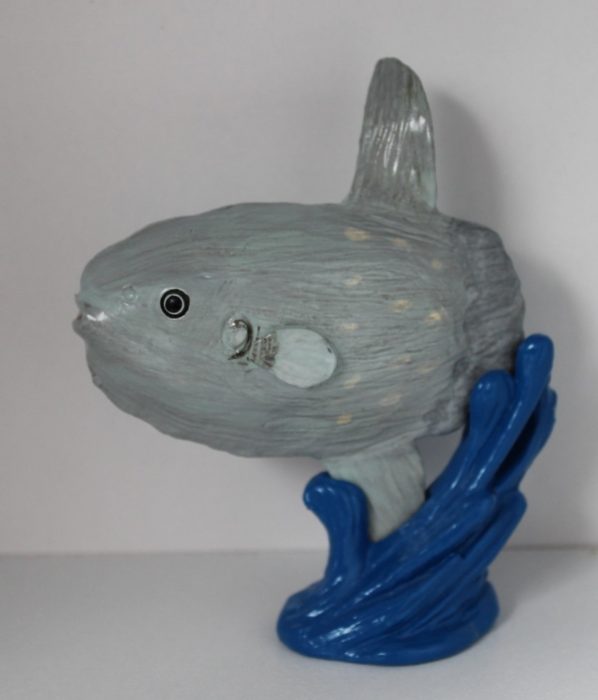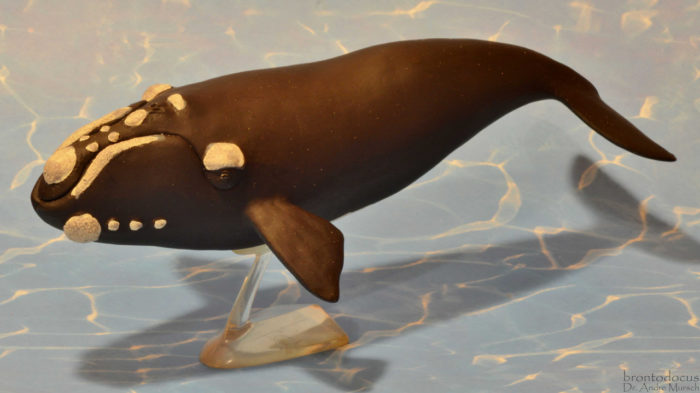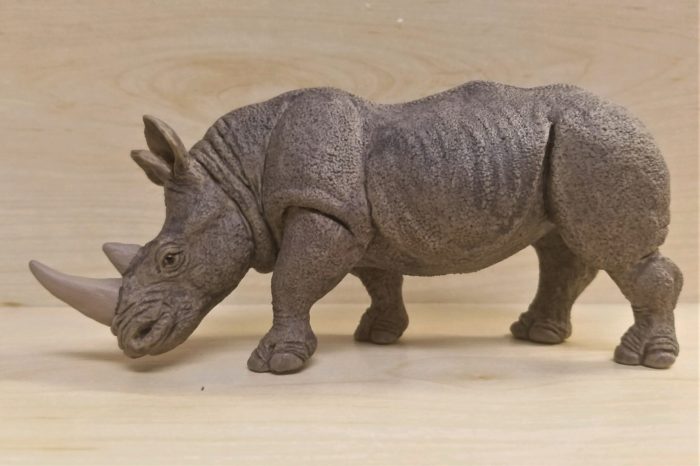When we think of the big ocean fishes it’s the billfishes, tuna, and sharks that typically come to mind. Strong, sleek, torpedo shaped apex predators. But one of the largest bony fishes in the sea strays far from that mold. The ocean sunfish (Mola mola) can reach 2,205lbs (1,000 kg) and in appearance looks like an enormous disembodied fish head with fins but no tail, and that’s basically what it is.
Brand: Safari Ltd.
Right Whale (Wild Safari Sealife by Safari Ltd.)
White Rhinoceros, 2016 (2010) (Wild Safari Wildlife by Safari Ltd.)
Timber Rattlesnake (Incredible Creatures by Safari Ltd.)
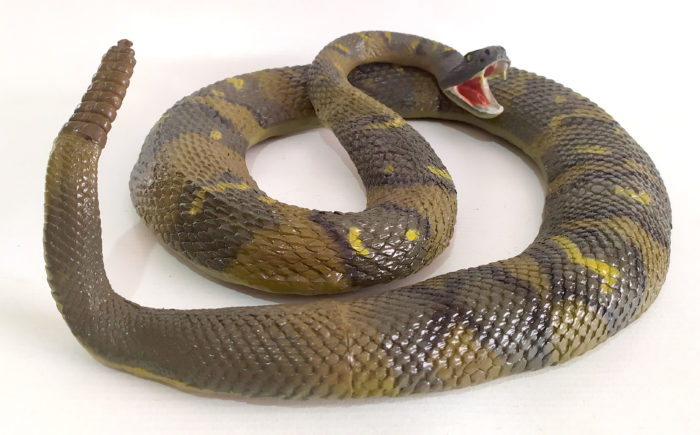
Review and photos by Ikessauro; edited by bmathison1972
Editor’s comment: it gives me great pleasure to present the first Blog entry by forum member Ikessauro! Let’s hope this is the first of more to come!
I have been a prehistoric animal collector for the past 17 years now, and although I was always fascinated by toys of modern reptiles, I didn’t consider buying those, focusing my attention on prehistoric stuff.
Blue Crab (Incredible Creatures by Safari Ltd.)
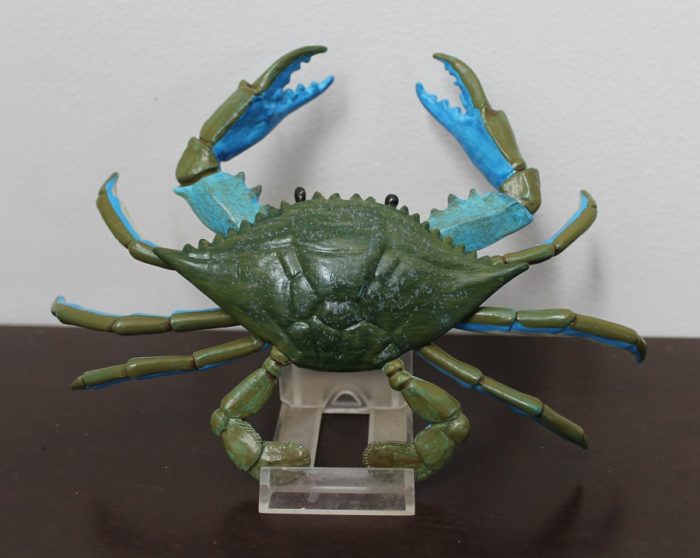
The blue crab (Callinectes sapidus) is a species of swimming crab of the family Portunidae that ranges along the Atlantic coast of North and South America, from Cape Cod to Argentina. It has also been introduced to European and Japanese waters but nowhere is the blue crab better known and beloved than in the Chesapeake Bay area of Maryland and Virginia.
Primates TOOB (Safari Ltd.)
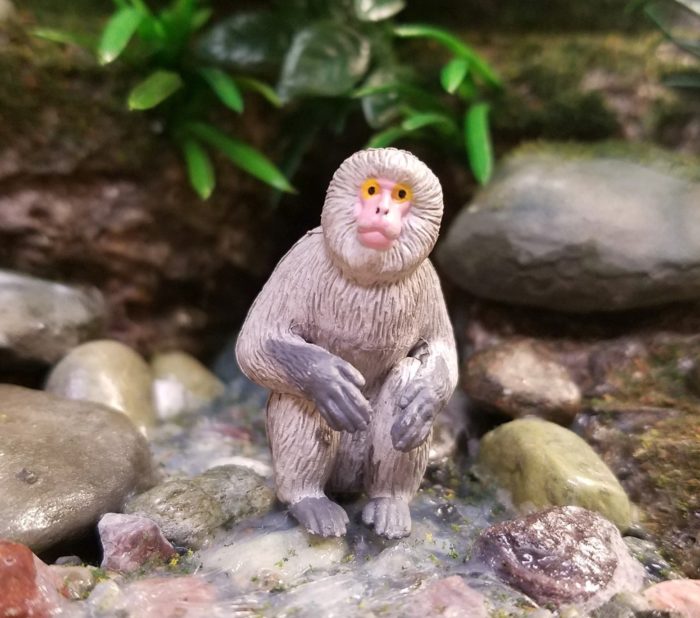
Review of the 2019 Primates TOOB by Safari Ltd. I had bought this set early on when I started my Synoptic Collection, mainly for the marmoset and tamarins. I have since retained the bonobo and sifaka too, pending eventual release of standard-sized figures of these species. This TOOB is another example of Safari Ltd recently upping the game in their TOOB sets, with others being Whales (2018), Dolphins (2019), Great Lakes (2020), African Savannah (2020), and Pelagic Fishes (2019).
Two-toed Sloth (Wild Safari Wildlife by Safari Ltd.)
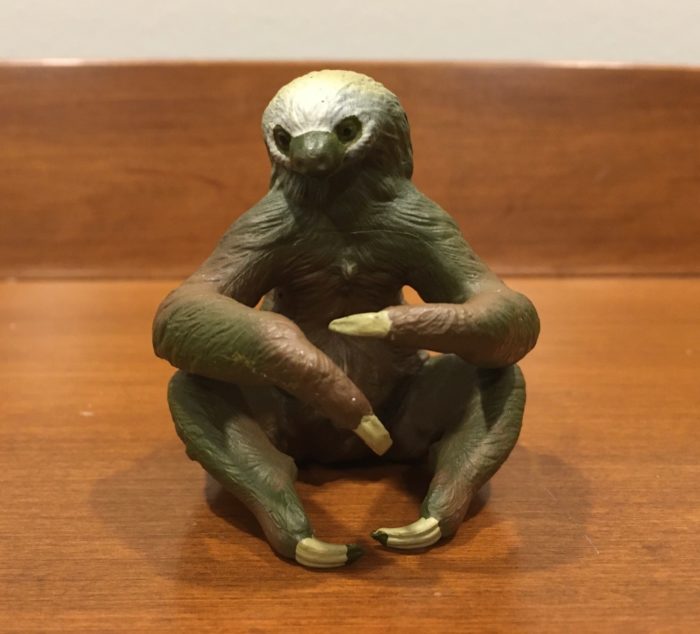
Review and photographs by Suspsy; edited by bmathison1972
The word “sloth” means slowness, laziness, indolence, or a habitual disinclination to exertion, and looking at the arboreal South American mammals called sloths, one might think that they fit their name to a tee. But while sloths are indeed slow-moving, they are not at all lazy.
Green-winged Macaw (Wings of the World by Safari Ltd.)
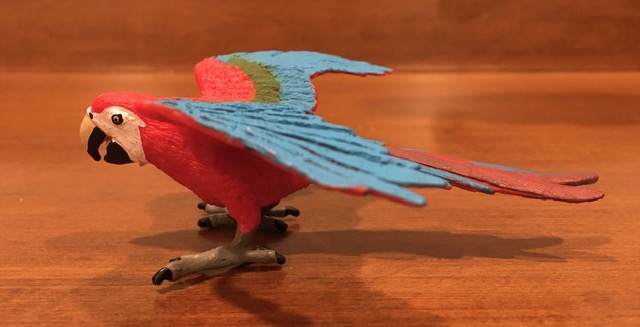
Reviews and photographs by Suspsy; edited by bmathison1972
Parrots are found across the globe in a wide variety of sizes and vivid colours, but the ones people tend to think of the most are the macaws of South America. Not only are they arguably the most beautiful members of their family, they have also gained a reputation as the faithful talking pets of pirates and sailors and sorcerers in film and literature.
Spider Monkey (Wild Safari Wildlife by Safari Ltd.)
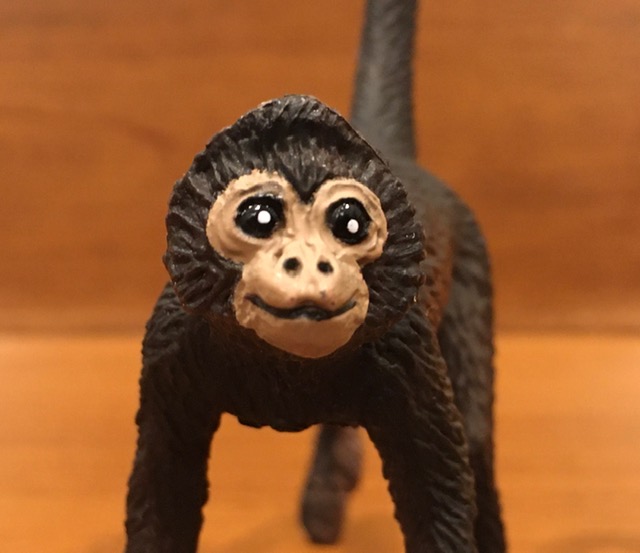
Review and photographs by Suspsy; edited by bmathison1972
Spider monkeys, which belong to the genus Ateles, live in the jungles of Central and South America. They derive their popular name from their long, spindly limbs and prehensile tail. Such adaptations make them superbly agile climbers despite their relatively large size.
Land Down Under TOOB (Safari Ltd.)
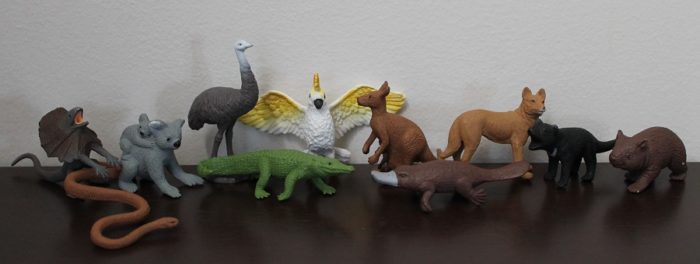
Australia, like all islands, is an isolated laboratory of sorts, one that offers a look at what the world might be like under different evolutionary pressures. The rest of the world at large operates in much the same way, no matter where you go; the placental mammals (cats, dogs, deer, antelope, etc.) dominate top tier niches.
Arctic Hare (Wild Safari North American Wildlife by Safari Ltd.)
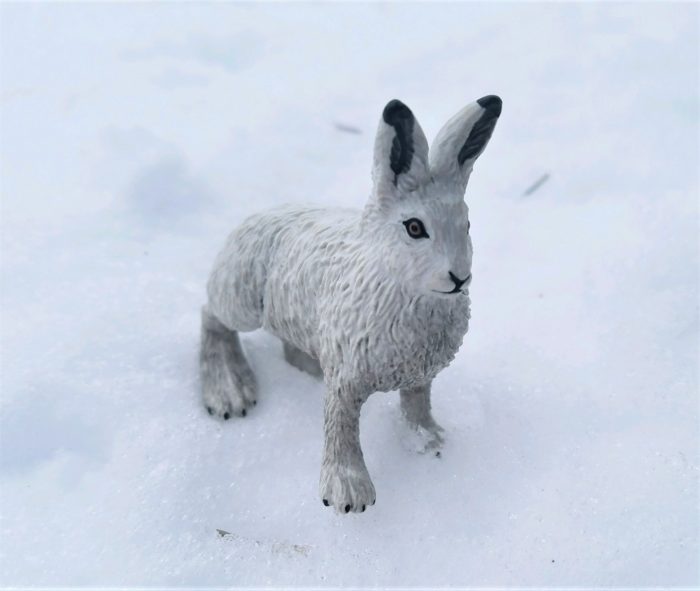
Normally I wouldn’t do back-to-back posts, but we had our first real snow this weekend, so I took advantage of the situation to snap up some pics of a figure that in real life would be at home in such an environment: the Arctic hare, Lepus arcticus. This figure was produced by Safari Ltd.
American Bison, 2018 (Wild Safari North American Wildlife by Safari Ltd.)
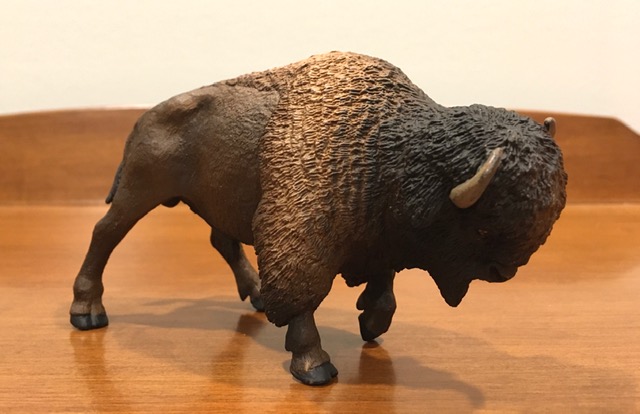
Review and photos by Suspsy; edited by bmathison1972
At one time, the American bison (Bison bison) might well have been the most numerous large land animal on the entire planet, with an estimated 60 million roaming the grasslands of North America. But thanks to a combination of overhunting, bovine disease contracted from cattle, and sheer slaughter as part of the US government’s campaign to subjugate the Plains Indians, only 541 bison remained by 1889.

